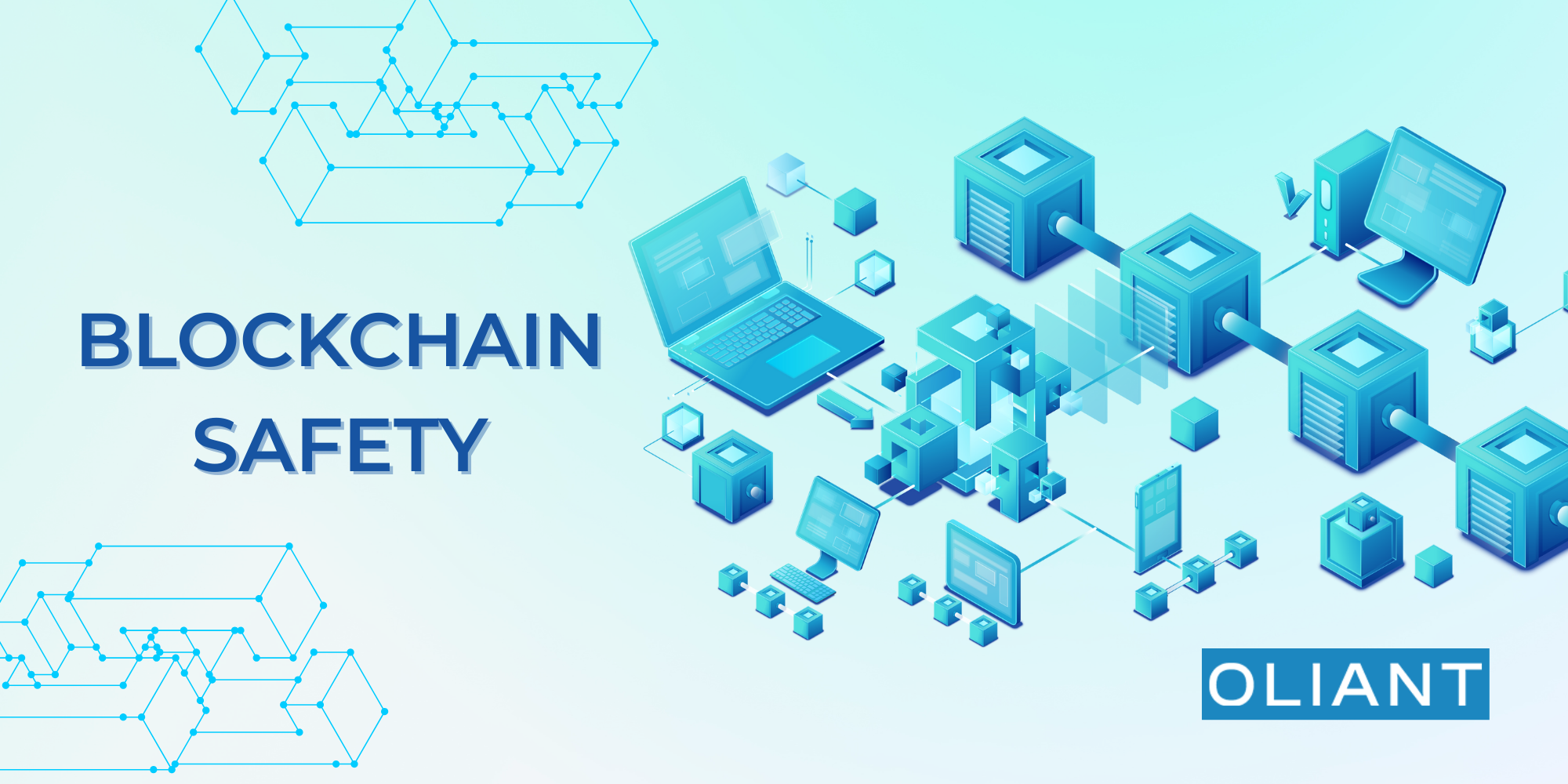In a world that’s increasingly digitalized, the need to secure one’s digital presence has become as critical as safeguarding physical assets. From everyday communication, creative processes, and global economic transactions to personal financial interactions, our whole lives are mirrored in a digital ecosystem.
This parallel digital existence holds almost equal importance to our physical one. As digital interactions continue to expand, the potential for cyber threats also rises, making digital security a top priority for individuals and organizations alike.
The increasing exposure of sensitive data and systems has introduced a new array of vulnerabilities. Fortunately, the field of digital security continues to grow rapidly, so there are always new, innovative ways to protect your digital infrastructure and build a secure network architecture. So, how should you go about it?
What Is Digital Security?
Digital security, a subset of the broader field of cybersecurity, refers to the protection of systems, networks, software, and sensitive data from malicious actions. These actions aim to breach, access, or tamper with digital assets. As we delve deeper into a world where data is currency, robust cybersecurity frameworks and information systems have become indispensable.
Types of Cybersecurity Threats
Cybersecurity threats are no longer limited to data theft or personal identity breaches. They encompass a wide range of attacks, including malware, ransomware, spyware, and more. Malicious actors may seek to:
- Steal virtual assets or monetary funds
- Launch denial-of-service (DoS) attacks
- Commit identity theft
- Disrupt critical infrastructure
In sectors where digital systems control physical infrastructure (such as traffic control systems, hydroelectric dams, and power plants), the consequences of cyberattacks can extend into the real world. For example, if the floodgates of a dam are connected to an unsecured network, an external attack could manipulate the physical hardware, leading to catastrophic results.
On an individual level, the situation is just as alarming. In 2023, reports indicated that 50% of personal devices were exposed to phishing attacks. These attacks are often executed through viruses, worms, Trojans, man-in-the-middle (MITM) attacks, or email spoofing campaigns. These types of cyberattacks highlight the importance of proactive digital protection.
[Also check out: Is Serverless Computing the Right Choice for You?]
Cybersecurity Best Practices: Active vs. Passive Security
Before the advent of the internet and the linking of vast networks, security measures focused mainly on restricting physical access to systems. Today, digital security is divided into two primary approaches: passive and active cybersecurity measures.
Passive Cybersecurity Measures
Passive digital security consists of behaviors, policies, and preventative strategies implemented by users or organizations. These measures aim to prevent exposure to digital threats before an incident occurs. Examples include:
- Avoiding suspicious websites and domains
- Educating users on identifying phishing emails
- Establishing secure password practices
- Conducting regular risk assessments
These steps are essential for small and medium businesses looking to implement cybersecurity best practices without significant investment. These passive cybersecurity measures help build a strong defense against many common types of cyberattacks.
Active Cybersecurity Measures
Active security measures are software-based solutions designed to detect and combat cyber threats in real-time. These include:
- Firewalls: Gatekeeping network traffic based on predefined security rules
- Intrusion Detection Systems (IDS): Monitoring and analyzing network traffic for signs of malicious activity
- Forward web proxies: Acting as intermediaries to control and monitor internet usage
- Antivirus software: Scanning and removing harmful programs
Unlike passive security, active measures are implemented and maintained by IT professionals or third-party cybersecurity services. They function as barriers within the system to combat threats and notify users or administrators when action is required.
Why Complete Cybersecurity Is Impossible—And What to Do Instead
We need to accept that despite all the measures that we can take, complete cybersecurity is an illusion. No single solution or software can fully guarantee protection from malicious activity.
The only foolproof way to avoid digital threats would be complete disconnection from the internet—an impossible option for most businesses. The key lies in maintaining a dynamic cybersecurity strategy, one that evolves with trends and adapts to emerging threats.
What you should aim for instead is the famous CIA Triad: Confidentiality, Integrity, and Availability. By limiting access to authorized users and continuously updating security protocols, it becomes possible to significantly reduce risk. This approach to IT security solutions ensures that systems are more resilient and adaptive.
.png)
Comprehensive Security Strategy for Businesses
Businesses, especially small to medium enterprises, should not rely on isolated solutions to cover all aspects of cybersecurity. A successful strategy integrates administrative, physical, and technical security measures into a cohesive approach. This might include:
- Regular employee training on cybersecurity threats
- Implementing secure physical access controls
- Utilizing endpoint security and network security tools
- Hiring cybersecurity experts or working with IT security solutions providers
Creating a secure network architecture involves collaboration across departments, consistent policy enforcement, and the adoption of advanced cybersecurity frameworks. These are not just reactive, but proactive, aligning with current cybersecurity trends for businesses.
[Also check out: How to Make the Most Out of Free VM Hosting]
How Cybersecurity Creates Opportunity
Beyond its defensive function, the field of digital security presents immense potential for professional growth and innovation. According to an OECD report covering labor markets in France, Germany, and Poland, approximately 5.5 million professionals are employed in cybersecurity roles.
Demand spans across industries, from government and healthcare to small businesses and industrial plants, fueling a need for roles such as software developers focused on secure systems, cybersecurity analysts
- Software developers focused on secure systems
- Ethical hackers who identify system vulnerabilities
- Cybersecurity analysts who assess and document risks
- Security architects who design defensive structures
- Information security officers who implement and oversee strategies
As of 2023, the global cybersecurity talent gap stood at 3.5 million, signaling vast opportunities for anyone looking to pursue a career in digital security. With so many cybersecurity jobs in demand, entering this field offers a promising future for tech professionals.
Moreover, fields like ethical hacking and penetration testing are gaining momentum as companies proactively test their systems to strengthen defenses. The shift toward offensive security tactics (where experts simulate attacks to identify weaknesses) is reshaping the role of cybersecurity in business development and operational resilience.
Conclusion
Digital security is not optional. With cyber threats evolving in scope and complexity, both individuals and businesses must adopt a layered approach to cybersecurity. By combining passive behaviors, active digital tools, and a dynamic strategy rooted in the CIA Triad, it’s possible to create a resilient digital environment.
With the increasing availability of cybersecurity tools, training programs, and IT security solutions, there has never been a better time to build a more secure digital future for your organization and your personal data alike.




















.png)





.png)



.png)










.avif)










.avif)
